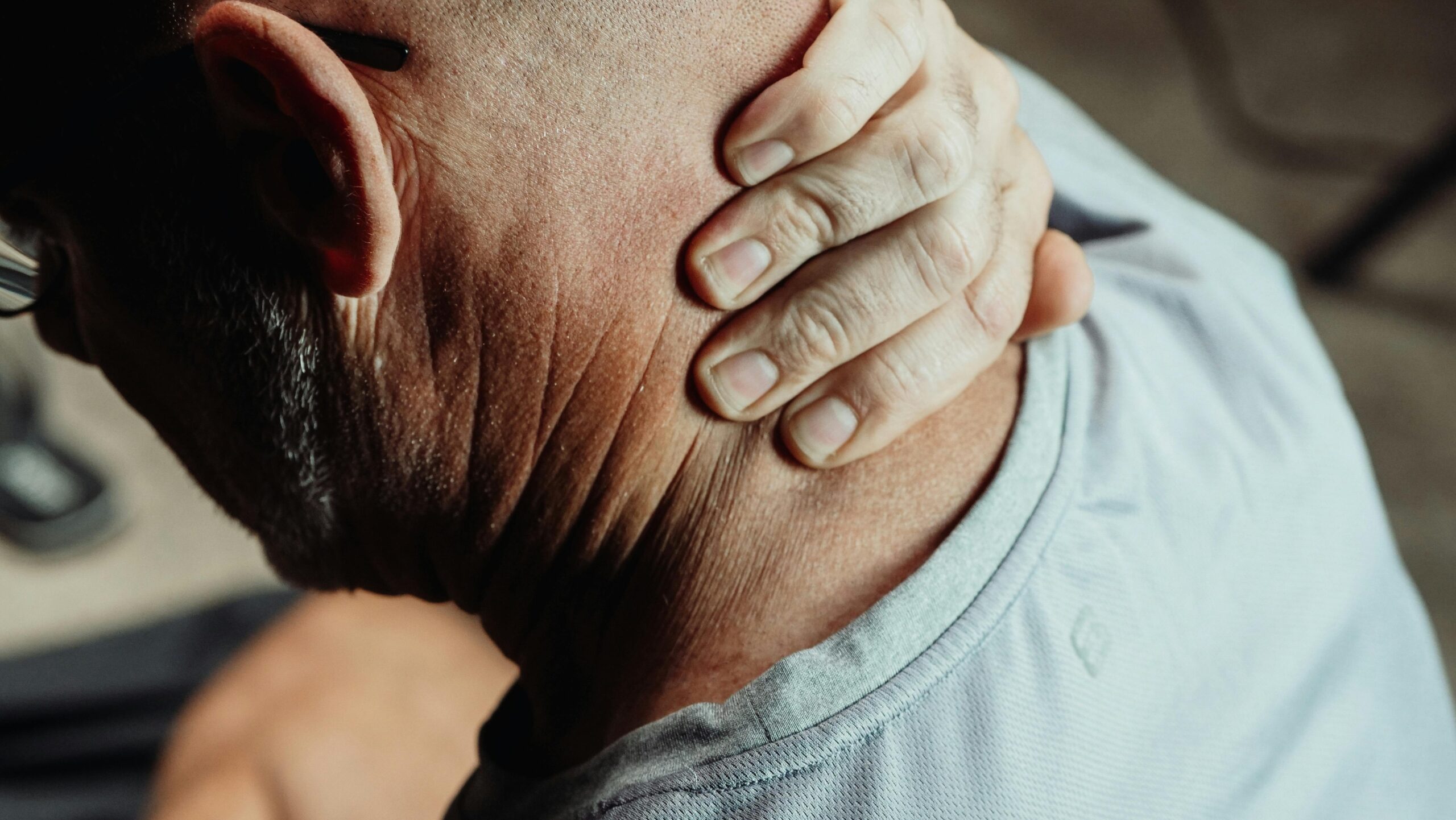Your cart is currently empty!

Muscle and Joint Pain Relief in Ancient Times: Learn from the Wisdom of Our Ancestors
Muscle and joint pain is a common ailment that has plagued humanity for centuries. In ancient times, people developed various remedies and techniques to manage pain and maintain mobility. This article explores the wisdom of our ancestors in alleviating muscle and joint pain, highlighting their methods and the scientific insights that validate these age-old practices.
Understanding Muscle and Joint Pain
Overview: Muscle and joint pain can arise from various causes, including:
- Injury: Sprains, strains, and fractures.
- Inflammation: Conditions like arthritis and tendinitis.
- Degeneration: Age-related wear and tear on joints.
Historical Context: Evidence of muscle and joint pain relief methods can be traced back to ancient civilizations, including the Egyptians, Greeks, and Chinese.
Ancient Remedies and Techniques
1. Herbal Remedies
Overview: Herbal medicine was widely used in ancient cultures. Various plants were known for their anti-inflammatory and analgesic properties.
Common Herbs Used:
- Willow Bark: Contains salicin, a precursor to aspirin, used by ancient Egyptians and Native Americans for pain relief.
- Turmeric: Known for its anti-inflammatory properties, turmeric has been used in Ayurvedic medicine for centuries.
- Ginger: Ancient Chinese and Indian cultures used ginger to alleviate pain and inflammation.
Scientific Support: Research has shown that willow bark can be effective in treating osteoarthritis and lower back pain . Turmeric’s active compound, curcumin, has been studied for its anti-inflammatory effects and potential to relieve joint pain .
2. Massage Therapy
Overview: Massage has been practiced since ancient times to relieve muscle tension and improve circulation.
Historical Evidence:
- Egyptians: Used massage in healing rituals, documented in the Ebers Papyrus around 1550 BC.
- Chinese: Employed Tui Na, a form of therapeutic massage, as part of Traditional Chinese Medicine (TCM).
Benefits:
- Reduces Muscle Tension: Promotes relaxation and pain relief.
- Improves Blood Flow: Enhances nutrient delivery to tissues.
Scientific Support: Studies published in Pain Medicine show that massage therapy can significantly reduce pain and improve function in patients with chronic pain conditions .
3. Acupuncture
Overview: Originating in ancient China, acupuncture involves inserting thin needles into specific points on the body to relieve pain.
Historical Context: The practice dates back over 2,500 years and is documented in ancient texts such as the Huangdi Neijing (The Yellow Emperor’s Classic of Internal Medicine).
Benefits:
- Pain Relief: Stimulates the release of endorphins, the body’s natural painkillers.
- Improves Mobility: Alleviates stiffness in joints.
Scientific Support: A meta-analysis in The Journal of Pain found that acupuncture is effective for various pain conditions, including musculoskeletal pain .
4. Hydrotherapy
Overview: Hydrotherapy, or water therapy, has been used since ancient times for healing and relaxation.
Historical Practices:
- Romans: Built baths with hot and cold water for therapeutic purposes.
- Greeks: Used steam baths and hot springs to relieve muscle and joint pain.
Benefits:
- Buoyancy: Reduces weight on joints, making movement easier.
- Temperature Effects: Heat promotes blood flow, while cold can reduce inflammation.
Scientific Support: Research published in The Clinical Journal of Pain indicates that hydrotherapy can significantly improve pain and function in individuals with arthritis .

5. Diet and Nutrition
Overview: Ancient cultures understood the connection between diet and health, often incorporating anti-inflammatory foods into their meals.
Common Practices:
- Mediterranean Diet: Rich in fruits, vegetables, whole grains, and healthy fats, known for its anti-inflammatory properties.
- Traditional Chinese Diet: Emphasized balance, incorporating foods that promote qi (vital energy) and reduce inflammation.
Scientific Support: Studies show that diets high in omega-3 fatty acids, antioxidants, and anti-inflammatory compounds can reduce joint pain and stiffness .
7. Heat and Cold Therapy
Overview: Ancient cultures used heat and cold to manage pain and inflammation.
Historical Practices:
- Greeks: Employed hot stones and cold compresses in their healing practices.
- Native Americans: Used hot and cold treatments for injuries and pain relief.
Benefits:
- Heat Therapy: Increases blood flow and relaxes muscles.
- Cold Therapy: Reduces inflammation and numbs sharp pain.
Scientific Support: A study in The Journal of Clinical Rheumatology suggests that heat and cold therapy can effectively manage pain in conditions like arthritis .
Lessons from Ancient Practices
1. Holistic Approach
Ancient cultures often viewed health as a balance of physical, mental, and spiritual well-being. Integrating multiple modalities can enhance overall health and well-being.
2. Prevention is Key
Many ancient practices emphasized prevention through diet, exercise, and lifestyle choices, helping to reduce the incidence of muscle and joint pain.
3. Listen to Your Body
Listening to bodily signals and responding to pain with appropriate care and remedies is a lesson that resonates through the ages.
4. Embrace Nature’s Remedies
The use of herbs and natural therapies highlights the potential of nature to provide effective solutions for pain management.
Conclusion
The wisdom of our ancestors in managing muscle and joint pain offers valuable insights that remain relevant today. By studying these ancient practices and integrating them with modern science, we can develop a holistic approach to pain relief that respects both historical knowledge and contemporary research. Embracing a combination of herbal remedies, physical therapies, dietary choices, and mind-body practices can provide effective relief from muscle and joint pain, reminding us that we are all connected through our shared experiences of pain and healing.
References
- World Health Organization. (2021). Chronic Pain: A Global Perspective.
- Ebers Papyrus. (1550 BC). Ancient Egyptian Medical Text.
- The Journal of Pain. (2015). Acupuncture for Chronic Pain: A Systematic Review and Meta-Analysis.
- Pain Medicine. (2016). The Role of Massage Therapy in Pain Management.
- The Clinical Journal of Pain. (2017). Hydrotherapy for Pain Management in Rheumatology.
- Journal of Pain Research. (2018). Effects of Dietary Approaches on Pain and Inflammation.
- American Journal of Public Health. (2019). The Effectiveness of Yoga and Tai Chi in Chronic Pain Management.
- Journal of Clinical Rheumatology. (2020). Heat and Cold Therapy for Musculoskeletal Pain.
- Psychological Bulletin. (2021). The Impact of Spiritual Practices on Pain Perception.
